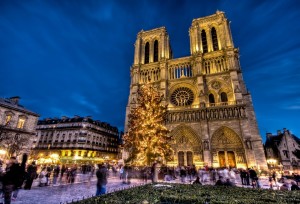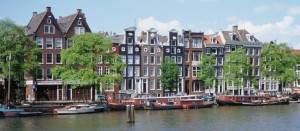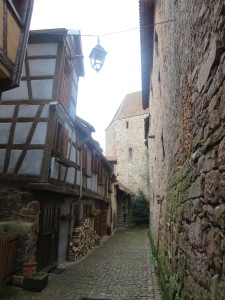 Lately I’ve been asked if the current turmoil in Greece will ruin their impending trip to this beautiful and historic place. They ask, “Will I be safe?” “Will the whole country collapse, leaving me stranded in a foreign place?” They’re contemplating changing their destination. So, if you’re in that boat, I say: Don’t worry. Here’s my advice:
Lately I’ve been asked if the current turmoil in Greece will ruin their impending trip to this beautiful and historic place. They ask, “Will I be safe?” “Will the whole country collapse, leaving me stranded in a foreign place?” They’re contemplating changing their destination. So, if you’re in that boat, I say: Don’t worry. Here’s my advice:
First, the Bad News:
-Historical/cultural sites may run on shorter schedules due to inability to pay the staff because of budget cutbacks. This could affect your sightseeing plans drastically.
-Small, family-run restaurants and hotels could go under due to local business dropping off in the wake of inflation and instability. If you have a favorite little seafood restaurant or waterfront café, don’t count on it still being open.
-Transport troubles: The bad news: There will likely be interruptions of public transport because of budget cutbacks and strikes. No major deal for most Greeks, but if you’re on a tight itinerary, you may experience some logistical headaches. The good news is that since many transport services are privately owned and cater to tourists, they will be happy to serve their customers.
-Don’t count on ATM’s or even credit cards in Greece right now. Bring cash and play it safe. Stash it in your money belt, especially in a crowded place or in a city (see below).
Now, the Good News:
-Despite the social and economic turmoil the country is about to go through, security should not be an issue. The Greeks will be angry at the Germans, the bankers, and their own inept leaders, not tourists wishing to spend money there. Use a money belt if you’re in a city or some other crowded place to guard against pickpockets and you should be fine. Athens will see some unrest, but these events will be isolated and blown out of proportion in the media. In the country, things will be mellow no matter what’s happening in the city.
-Tourism is Greece’s main industry and its biggest employer, so local businesses will likely be thrilled to see you spending some money (stable currency) with them.
-Inflation may soon rise to Weimar-esque levels, leading to much misery for the average Greek, but the US dollar or the Euro, both stable currencies, will go very far. The tourist will get great value.
-Goods might be in short supply in local shops, given inflationary fears and transport strikes. But the larger stores and (and especially hotels) will be fine.
-The severity of the coming economic misery in Greece will largely depend on how the EU handles the issue in the next couple of weeks. Most likely Greece will be made to exit the Euro in a breakup that will make Henry VIII’s divorces look amicable.
Regardless, private transport operators will continue to operate, stable currency will be very widely accepted (making the tourist the real winner in this mess), and the country will still be gorgeous.
Bottom line: It’s a good time to be a traveler, a very bad time to be a Greek. Go and make some memories there and remember, the best souvenirs are always the connections you make with the locals.












